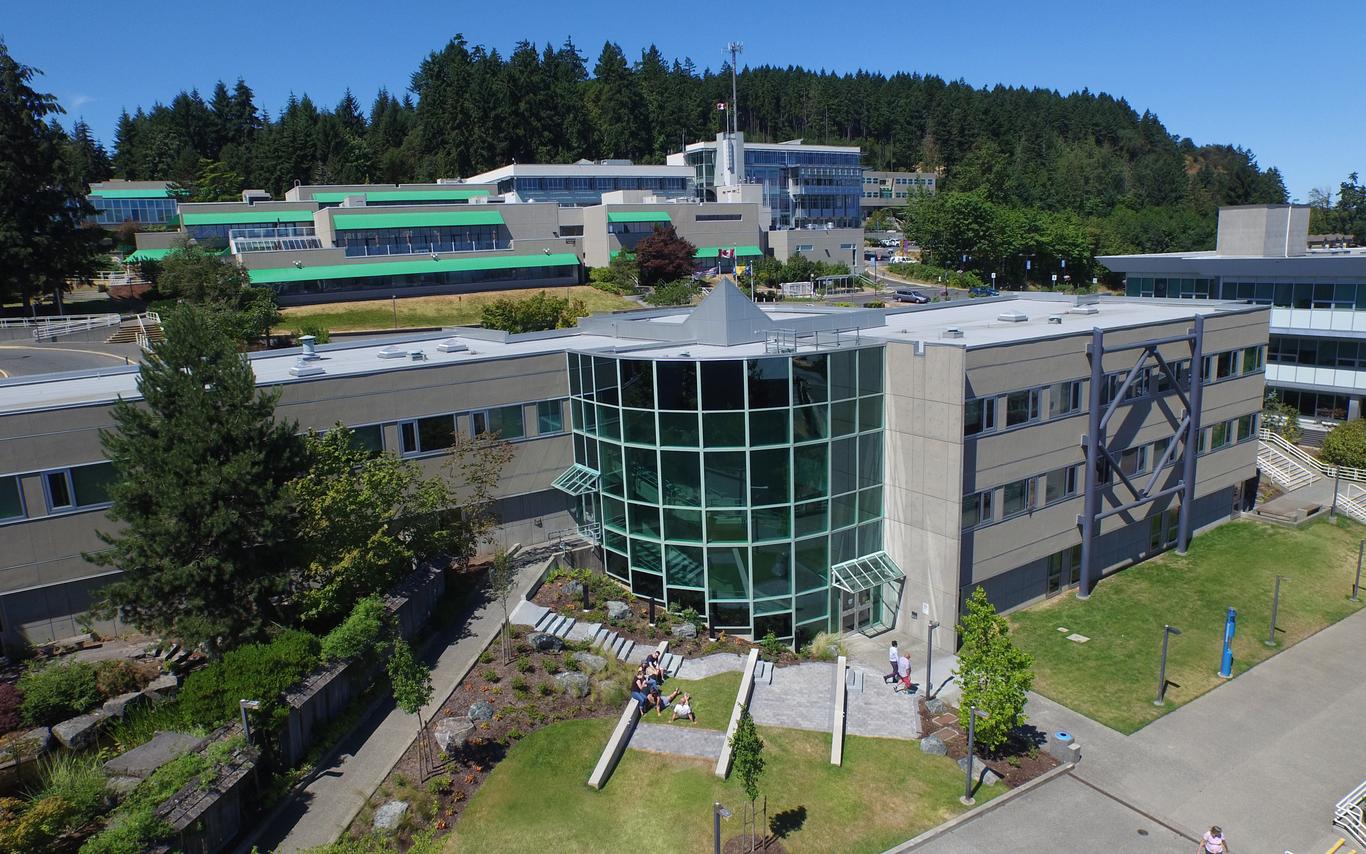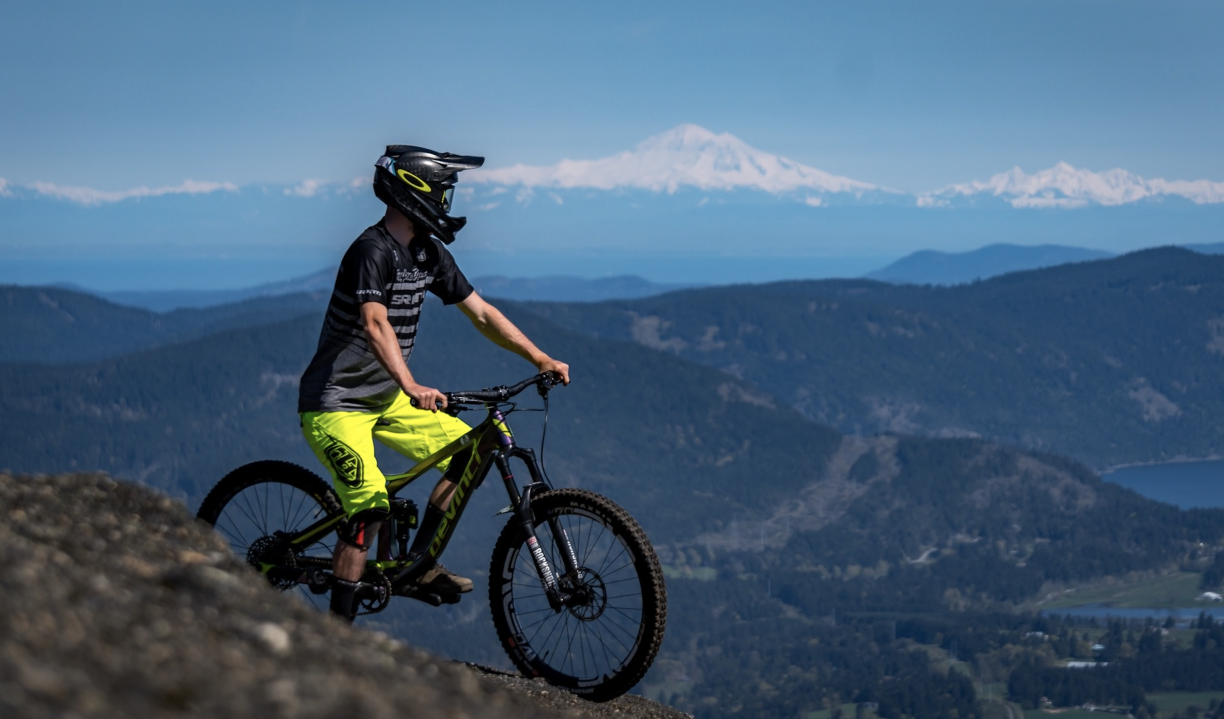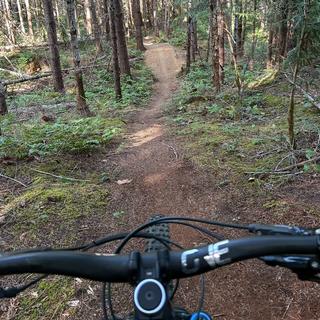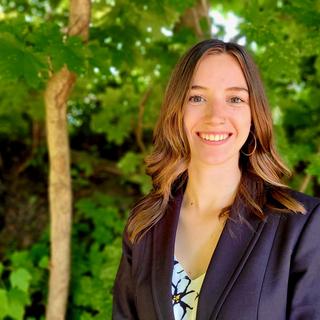A VIU researcher is researching how, when, and for what purpose people use trails in the Cowichan Valley.
Photo Credit: Chris Istace / Tourism Cowichan
The research includes a public survey online now until the end of December.
How, when and for what purpose people use trails in the Cowichan Valley region is the subject of a Vancouver Island University (VIU) researcher’s latest project.
Aggie Weighill is a VIU Tourism and Recreation Management professor and director of the World Leisure Centre of Excellence (WLCE). In partnership with the Cowichan Trails Stewardship Society and Tourism Cowichan, she is studying the social and economic impacts of trail systems in the region. The research focuses on Mt. Tzouhalem, Maple Mountain, Mt. Richards, Stoney Hill, Cobble Hill Mountain and Mt. Prevost trail networks.
“Trails can provide a low-cost, low-barrier recreation space for residents, enhancing physical and mental well-being, while also being an important attraction for visitors,” said Weighill. “Trails offer an opportunity to promote sustainable low-carbon tourism and transportation within destinations.”
The research includes a survey for residents and visitors to fill out. The questions aim to determine how and when residents and visitors use the trails, the mental health and well-being impacts of using the trails and if they spend money in the region while using the trail systems.
Cowichan Trail Stewardship Society President Rick Martinson saw the need for this project after making a presentation to North Cowichan council on the future recreational development of Mt. Richards.
“There was no local data to assist council in determining what types of recreation would most benefit community well-being and economic health of the region,” he said. “All that council had to work with was hundreds of opinions. Published data from other regions would not necessarily apply to Cowichan."
Weighill said understanding the economic and social impact of local trails is essential for evidence-based land use planning and resource allocation to attract residents and visitors, promote community well-being and ensure sustainable development. While there is a patchwork of research on this topic in the mid-Island, she believes a regional strategy may benefit the area.
“The only way we compete as an outdoor recreation destination is by taking that regional approach,” she said. “This wasn’t meant to be a complete trail study, but what is abundantly clear is we need some of that on Vancouver Island.”
The Cowichan Valley Trail User Survey is open until the end of December and has already received more than 800 responses according to Weighill.
“There is a hunger for data and trail advocates really want to show evidence of how important these trails are to the local population. The pandemic highlighted the value of outdoor leisure spaces and drove record use of trails and green spaces," said Weighill.
And as communities continue to recover from the pandemic,“governments need evidence from trail advocates and tourism organizations to justify the development and maintenance of trail systems.”
Early survey results reveal that the most popular activities are hiking, mountain biking and walking. "More than 80% of the trail users participated with others, confirming trails as a space for social engagement and interaction with family and friends," Weighill said.
“Tourism Cowichan is excited to partner with the Cowichan Trail Stewardship Society and the WLCE on this research project,” said Kenzie Knight, Tourism Development Specialist with Tourism Cowichan. “In addition to the value of trails for community well-being, outdoor recreation is also a key tourism driver for the Cowichan Region. Understanding the economic and social impacts from trail users will help to guide sustainable development and support advocacy for preserving trail systems.
A full written report on the research and its full findings will be provided to the Cowichan Trails Stewardship Society by the end of January 2024.
-30
MEDIA CONTACT:
Eric Zimmer, Communications Officer, Vancouver Island University
P: 250.618.7296 | E: Eric.Zimmer@viu.ca | X: @VIUNews





